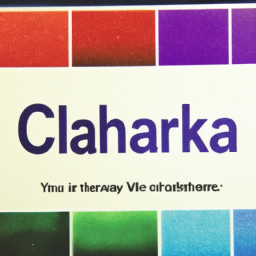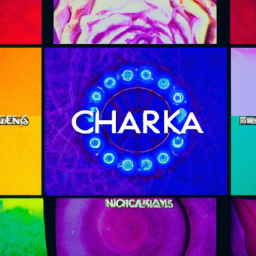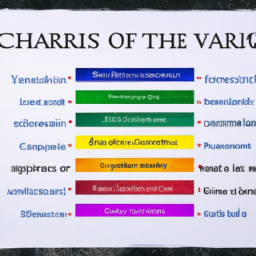The concept of chakras has been prevalent in various spiritual and religious practices for thousands of years. Originating in Hinduism, the idea of chakras was later adopted by Buddhism and has since become an integral part of the Buddhist philosophy. In this article, we will delve deeper into the meaning and significance of Buddhist chakras.
The Origins of Chakras in Buddhism
The word ‘chakra’ is derived from the Sanskrit word meaning ‘wheel’ or ‘disc’. In Buddhism, chakras are seen as energy centers in the body that correspond to different aspects of our physical, emotional, and spiritual well-being. These energy centers are believed to be connected by a subtle energy system that flows through our bodies and influences our state of mind.
The Seven Buddhist Chakras
In Buddhism, there are seven main chakras that are located along the central channel, also known as the ‘Sushumna’. Each chakra is associated with a specific color, element, and spiritual quality.
- Root Chakra (Muladhara): Located at the base of the spine, this chakra is represented by the color red and is associated with the element of earth. Its spiritual quality is stability and grounding, and it is believed to be the foundation of all the other chakras.
- Sacral Chakra (Svadhishthana):Located in the lower abdomen, this chakra is represented by the color orange and is associated with the element of water. Its spiritual quality is creativity and it is related to our emotions, desires, and sexuality.
- Solar Plexus Chakra (Manipura):Located in the stomach area, this chakra is represented by the color yellow and is associated with the element of fire. Its spiritual quality is personal power and it is connected to our self-esteem, confidence, and willpower.
- Heart Chakra (Anahata):Located in the center of the chest, this chakra is represented by the color green and is associated with the element of air. Its spiritual quality is love and compassion and it is associated with our ability to give and receive love.
- Throat Chakra (Vishuddha):Located in the throat, this chakra is represented by the color blue and is associated with the element of sound. Its spiritual quality is communication and self-expression.
- Third Eye Chakra (Ajna):Located between the eyebrows, this chakra is represented by the color indigo and is associated with the element of light. Its spiritual quality is intuition and it is believed to be our center of wisdom and insight.
- Crown Chakra (Sahasrara):Located at the top of the head, this chakra is represented by the color violet and is associated with the element of thought. Its spiritual quality is consciousness and it is considered to be the highest chakra, connecting us to our higher self and the divine.
The Purpose of Balancing Chakras
According to Buddhism, our chakras can become imbalanced due to physical, emotional, or spiritual blockages. This can result in issues such as anxiety, depression, and physical ailments. The practice of balancing these energy centers is believed to bring about a sense of harmony and well-being.
Buddhist teachings suggest that through meditation, mindfulness, and self-awareness, one can identify and work on releasing any negative energy or blockages in the chakras. It is also believed that by keeping our chakras in balance, we can achieve a higher state of consciousness and be more in tune with our true selves.
In Conclusion
Buddhist chakras are a fundamental aspect of the Buddhist philosophy and play a significant role in our physical, emotional, and spiritual well-being. By understanding and working on balancing our energy centers, we can achieve a sense of harmony and inner peace. Are you ready to embark on a journey of self-discovery and find balance in your chakras?





Interesting topic!
Interesting! I never knew there was such a connection between Buddhism and Chakras!
Fascinating!
commitating this knowledge!